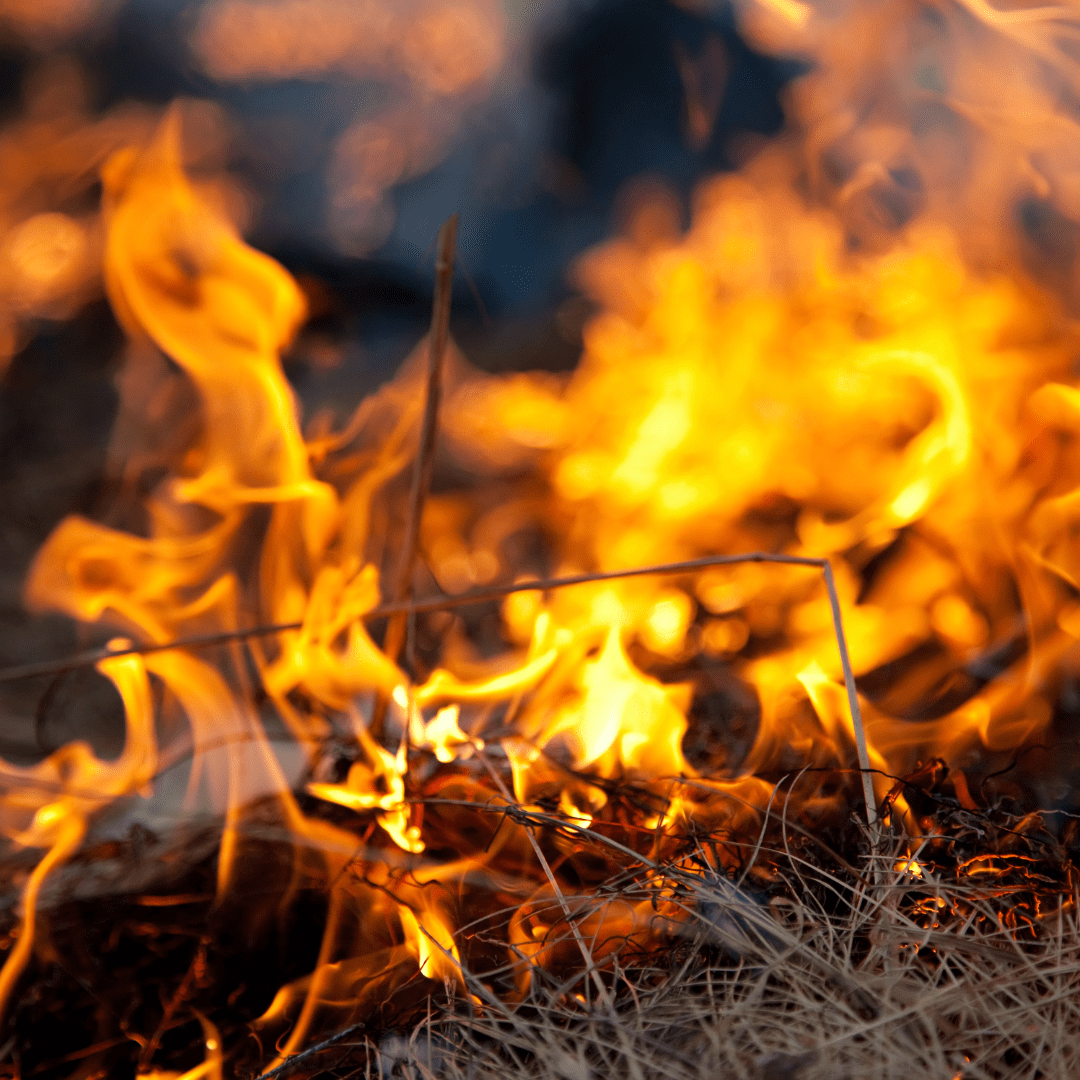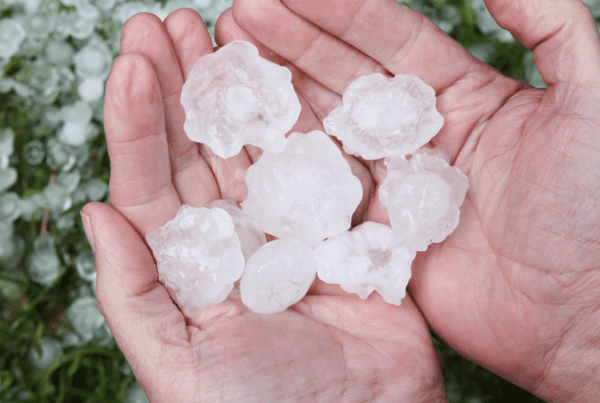
In 2023, several wildfires have affected Austin and Central Texas. As of August 13, 2023, 30 fires have burned 2,826 acres in the 15-county KXAN viewing area, including Central Texas. The Texas governor has issued a wildfire disaster declaration for about 75% of Texas counties, allowing them to use all available state resources to respond to new fires. Austin and Travis County are also under a wildfire disaster declaration.
Some of the notable wildfires include:
- The Cedar Park brush fire that started north of Austin destroyed one apartment building, damaged others, and prompted evacuation orders. The fire, named Parmer Lane, contained about 85% and was reduced to 37 acres from its initial 120 acres.
- The Powder Keg Fire near Bastrop State Park that burned nearly 117 acres.
- The Mesquite Field Fire in southern Bastrop County that burned 38 acres.
- The Oak Grove Fire in Hays County grew to 400 acres, prompting the evacuation of several homes and destroying the home of a 75-year-old Army veteran. The fire was 90% contained as of the latest update.
With wildfire season upon us, Watkins Insurance Group wants to ensure you’re equipped with the information to keep your home and loved ones safe. Here are some simple and practical steps to help safeguard your home against potential wildfires.
- Create a Defensible Space Around Your Home: This refers to a 30-foot radius surrounding your home that is clear of anything that could catch fire, such as dry leaves, branches, and dead trees. This is your safety circle that can help slow down a wildfire or even divert it from your home.
- Maintain Proper Landscaping: A well-landscaped garden can be a natural firebreak. Keep your lawn hydrated and remove dead plants, grass, or weeds. Trim trees so the lowest branches are 6-10 feet from the ground. This prevents a ground fire from climbing up.
- Prepare an Emergency Evacuation Plan: Do you know your evacuation routes? Make a plan with your family to escape your home and neighborhood quickly and safely. Identify at least two ways out and decide on a safe place to meet if separated. Practice this plan every few months so everyone knows what to do.
- Keep signs and addresses visible so firefighters can quickly locate your property. Make sure your street number is clearly marked and visible from the road. Trim any bushes or trees blocking the view.
- Install fire-resistant roofing and exterior materials. Choose materials like metal, slate, or tile roofs over wood shakes and shingles. Use stucco or brick siding instead of vinyl or wood.
- Store firewood and other flammable materials at least 30 feet away from your home. Keep decks and patios clear of leaves, debris, and flammable patio furniture.
Understanding your insurance coverage and ensuring proper protection is equally important.
- Review Your Insurance Policy: Double-check your policy to understand what’s covered. Wildfires can cause a variety of damages, from smoke and heat damage to complete loss of your home. Make sure your policy can cover these.
- Update Your Coverage: Your coverage should match the current value of your home and belongings. If you’ve improved your home, such as a new roof or upgraded kitchen, update your policy to reflect these changes.
When a wildfire strikes, protect yourself and your family
Monitor local news reports for evacuation procedures if a wildfire starts in your area. Prepare for an evacuation by turning off gas valves and pilot lights, closing all windows and doors, and packing your car for quick departure, if there is time and it is safe to do so. Return to a burned area only when local authorities have instructed you to do so.
Remember, preparation is the key to staying safe. It may seem like a lot, but taking these steps now can save you from severe damage and stress in the future.
If you need assistance understanding your policy or updating your coverage, don’t hesitate to contact us. We’re here to help you protect what matters most.
Stay safe, Texas!







